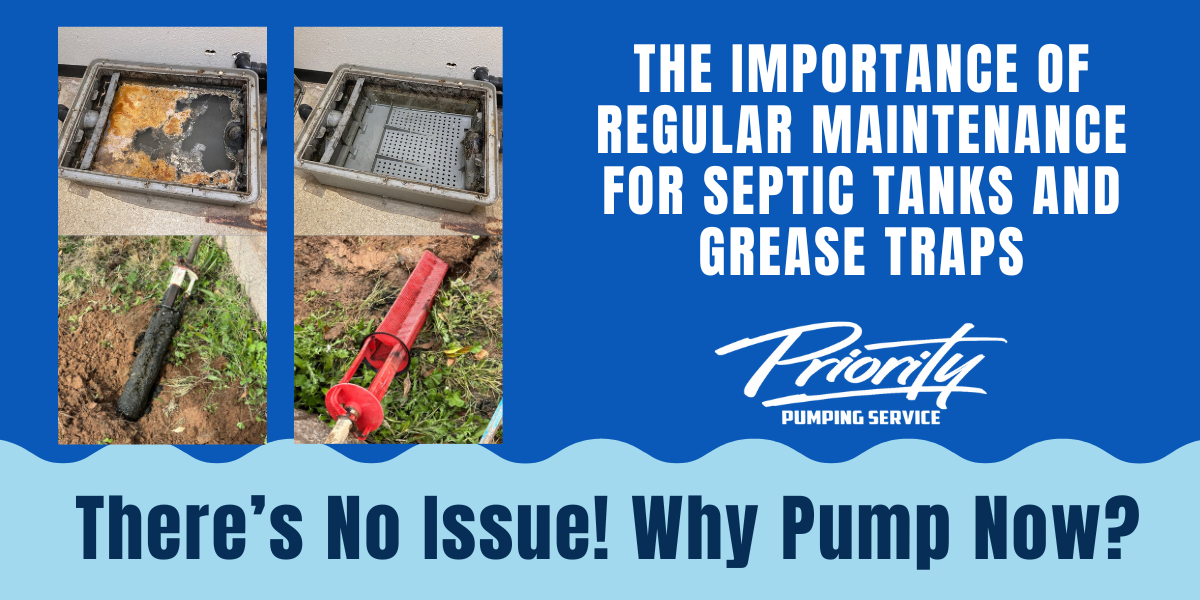6 Easy Facts About Stillwell Septic And Grading Explained
Table of ContentsNot known Facts About Stillwell Septic And GradingAll About Stillwell Septic And GradingNot known Details About Stillwell Septic And Grading Rumored Buzz on Stillwell Septic And GradingA Biased View of Stillwell Septic And GradingThe 10-Second Trick For Stillwell Septic And Grading
A dripping commode can lose hundreds of gallons of water a day. Take baths with a partially-filled tub and do not leave the faucet running when doing various other jobs. Clean just complete loads of recipes and laundry.
Not known Incorrect Statements About Stillwell Septic And Grading
Stay clear of burning stacks of fallen leaves or branches over the drainfield, as the heat might harm the plastic pipelines below. Limitation the enhancement of topsoil or garden compost to no more than two to 3 inches over the drainfield. Septic Tank Pumping. A good guideline for landscape design over drainfields is to make use of shallow-rooted plants that do not need extra topsoil to grow
Turf is the most effective cover. Stay clear of trees, shrubs, and water-loving plants with deep origins. Lawns, combined wildflowers, and ground covers with shallow origins are excellent alternatives. Plant trees and shrubs at the very least 30 feet far from your septic system and drainfield to maintain roots from entering into and breaking or obstructing the drainfield pipelines.
For more details please check out the Landscaping Your Drainfield page. A septic system failing causes without treatment sewer to be released and delivered to where it needs to not be. This might cause sewage to find to the surface area of the ground around the storage tank or the drainfield or to back up in pipelines in the structure.
Get This Report on Stillwell Septic And Grading
The individual that falls in gets out without serious injury. A youngster's tragic death is a tip to evaluate your septic system for damaged or missing out on lids. https://www.mixcloud.com/stillwellsag/. Owners of septic tanks are in charge of ensuring the systems are risk-free and function correctly, including having a secure lid on the containers
Usage screws, screws, or various other locks to safeguard the covers and prevent easy access. Never drive or park cars on top of septic systems- it can damage or dislodge the cover.
The Buzz on Stillwell Septic And Grading
Make sure the lids are secured after functioning on your septic system. Show kids that the septic tank covers are not to be played on or opened up.
Keeping in mind the degrees will certainly assist figure out if there is a prospective issue with the system. After that, the storage tank will be entirely pumped down, eliminating all of the fluid and solid waste. When the storage tank is totally pumped, the inlet and electrical outlet tees of the will be checked to ensure they are still undamaged read the article and working properly
5 Simple Techniques For Stillwell Septic And Grading
If you are home at the time of service (completely not needed if that's not your point) you might be asked to flush your bathrooms to make certain everything is flowing effectively. When the solution is full, the septic system will be covered as it was when we showed up! Specialists recommend having your system pumped every 3 to 5 years but a number of variables need to be thought about when making a decision exactly how commonly your sewage-disposal tank needs to be serviced.

If you are experiencing odors in your house, provide us a call. This can be an indication of an impending septic back up! Potentially. If your septic has not been serviced in greater than 6 months, we would certainly intend to service the septic very first. If the problem lingers, a drain cleaner will after that be sent to clear the line to the sewage-disposal tank.
The Stillwell Septic And Grading Diaries
If the ponding is focused over the leach field that can indicate a leach line is obstructed with Bio-Mat and requires to be repaired or changed. The majority of sewage-disposal tanks have 2 to 3 covers; one over the inlet side of the sewage-disposal tank (where the water from your home enters the container), one in the center of the container, and one on the outlet side of the storage tank (where the fluid from the tank departures to your leach area).
Sliced up food fragments do not break down in the sewage-disposal tank and can make their way out into your leach area lines causing blockages. Rubbish disposals, even those marked septic safe, are ruled out beneficial for your septic tank. Proper functioning level is where the water degree in your tank fulfills the outlet tee of the container.